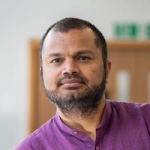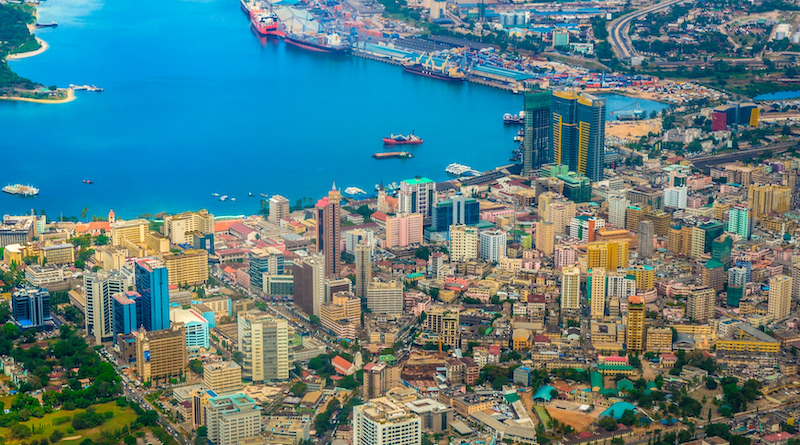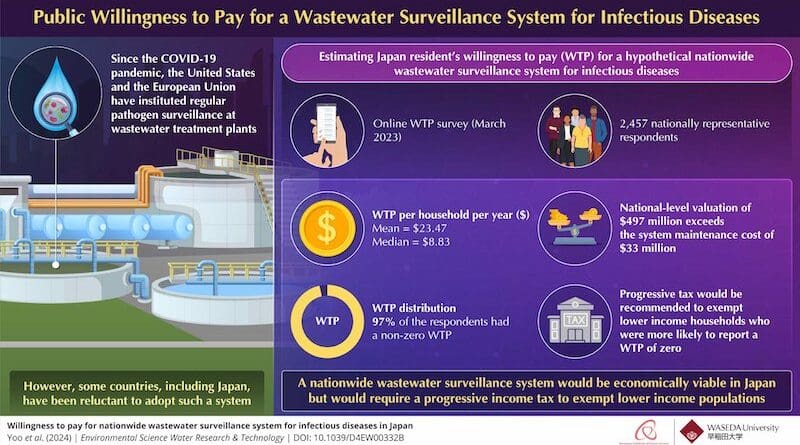Capitalism And Its Narcissist Culture Of Entitlement – OpEd

Anti-capitalism and anti-globalization banners. Photo by Guillaume Paumier, Wikimedia Commons.
Capitalism, with its inherent culture of psychopathic narcissism, nurtures a pervasive consumerist mindset of entitlement. This parasitic mentality enables capitalist entities to thrive off the value generated by the labour of working individuals. These chronic attitudes, processes, and structural norms are ingrained within society to perpetuate a culture of entitlement unique to capitalist systems based on unearned incomes and profits. Today, this epidemic of entitlement manifests broadly across various societies, shaping the economic, political, cultural and social landscapes.
In capitalist societies, the notion of entitlement extends beyond mere economic gain. It permeates social interactions, influencing how individuals perceive their rights and privileges. The normalisation of this entitlement is evident in the way wealth and resources are disproportionately allocated, consumed and controlled often justifying the exploitation of labour for personal or corporate gain. The entitlement epidemic is not limited to the upper echelons of society. It trickles down, affecting interpersonal relationships, family and community dynamics. The constant pursuit of self-interest, driven by the culture of narcissism, undermines collective well-being and encourages social fragmentation.
The personality traits of narcissism and entitlement are not organically innate; they are products of capitalist socialisation, which instils and perpetuates such values and practices. In a capitalist society, individuals are often encouraged to prioritise self-interest, competition, and material success over communal well-being and cooperation. This environment fosters a sense of entitlement and narcissism, as people are conditioned to view themselves as superior and deserving of special treatment. The focus on personal gain and achievement at the expense of others erodes collective values and promotes a culture where these traits are normalised and even rewarded. The understanding of social roots of narcissism and entitlement is essential for addressing their pervasive influence.
The narcissist culture of entitlement cultivates chronic laziness, selfishness, extreme individualism and various forms of exploitative culture in everyday lives. In this environment, individuals believe they are entitled to reap the benefits of others’ labour without contributing anything themselves. They operate under the assumption that everyone owes them everything, yet they owe nothing to anyone. Limitless self-indulgence continues to be the lifeblood of narcissism and entitlement.
This unchecked pursuit of personal gratification fuels these traits, reinforcing a cycle of selfishness and disregard for others. Narcissistic individuals prioritise their own desires and needs above all else, often at the expense of those around them. Their sense of entitlement drives them to seek constant validation and special treatment, perpetuating a mindset that justifies their actions and attitudes. This relentless focus on self-indulgence not only harms relationships and community dynamics but also undermines the potential for genuine personal growth and fulfilment.
These narcissistic and entitled individuals, groups, and cultures manifest in various forms of delusional self-confidence, often devoid of any real substance in their personal or professional lives. Despite their lack of genuine achievement or merit, they maintain an inflated sense of self-worth, ethics and entitlement. A common thread among all entitled and narcissistic individuals is their parasitic nature. They consistently seek to exploit the efforts and resources of others, displaying a profound lack of empathy and communal responsibility. This parasitism undermines the very fabric of social cohesion, creating an environment where mutual respect and cooperation are eroded.
From grandiose narcissism to vulnerable narcissism and all other forms, these traits persist by projecting either superiority or inferiority. Grandiose narcissists assert their dominance and self-importance, often exhibiting arrogance and an inflated sense of self-worth. In contrast, vulnerable narcissists mask their insecurities and fragility by seeking excessive validation and attention. Both types, along with other variations of narcissism, rely on externalising their self-perception to manipulate how others view them. This projection not only reinforces their self-image but also serves as a defence mechanism against self-reflection and personal growth.
Narcissists and entitled individuals consistently project their ignorance, incompetence, vulnerabilities and failures onto others, avoiding any form of self-reflection. They engage in relentless blaming, defaming, gaslighting, and manipulation, constantly redirecting every situation back to themselves. Their lack of accountability is coupled with a deep-seated need to control the narrative through falsehoods, making it difficult for others to realise the realities. Such behaviours not only erode trust but also undermines the potential for genuine relationships. It is important to understand these patterns of behaviour for recognising and protecting oneself from such toxic dynamics of capitalist culture.
Narcissists and their culture of entitlement erode the collective foundations of society, promoting individualism in a way that enables capitalism to thrive without resistance. This shift undermines communal bonds and fosters an environment where personal gain is prioritised over the common good. The resulting fragmentation weakens societal cohesion, making it easier for exploitative systems to perpetuate themselves.
Moreover, this culture of narcissistic entitlement has broader implications for society. It promotes a mentality where success is measured not by one’s contributions or achievements, but by one’s ability to manipulate and exploit. This distorts social values, prioritising self-interest over collective well-being and eroding trust within communities.
It is crucial to foster a culture that values genuine contributions and reciprocal relationships based on truth. The growth of accountability, empathy, and community engagement can help mitigate the negative impacts of narcissistic entitlement, promoting a more equitable and cohesive society. It is possible to cultivate a culture of resilience that values collective prosperity over individual gain by challenging the capitalist norms of narcissistic entitlement.

Bhabani Shankar Nayak works as Professor of Business Management, Guildhall School of Business and Law, London Metropolitan University, UK.




